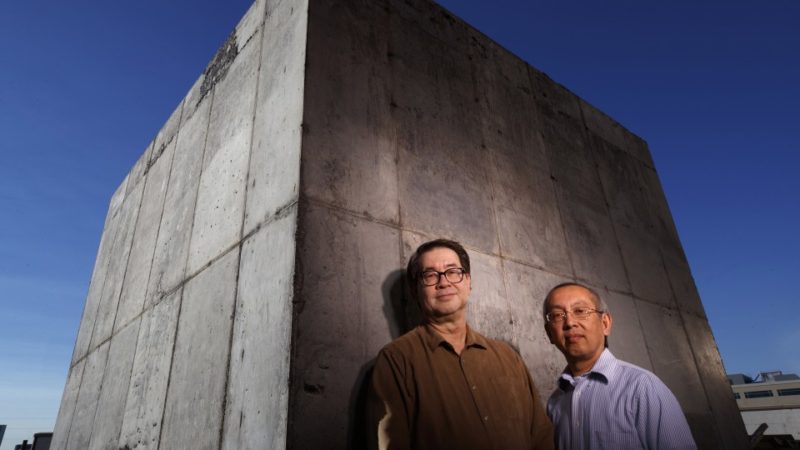Spray-On Conductive Concrete Can Protect against EMP Attacks
Ashley Allen / 8 years ago

Vital electronic systems, used for defence, banking, or power grids, are notoriously vulnerable to electromagnetic pulse (EMP) attacks, unless protected by Faraday cages. Two Nebraska engineers, though, have developed a cheap and effective way of protecting electronic devices from EMP strikes. Christopher Tuan and Lim Nguyen of the University of Nebraska created a spray-on shielding technology that they discovered accidentally while testing Shotcrete, their patented conductive concrete to melt snow and ice from surfaces – can protect electronic equipment from electromagnetic bursts.
“EMP is very lethal to electronic equipment,” Tuan, Professor of Civil Engineering at the University of Nebraska-Lincoln, said. “We found a key ingredient that dissipates wave energy. This technology offers a lot of advantages so the construction industry is very interested.”
The technology is able to both absorb and reflect electromagnetic waves due to a key ingredient: magnetite. Magnetite is a mineral which possesses magnetic properties and can soak up microwaves. An added cocktail of carbon and metallic components gives Tuan and Nguyen’s patented spray enhanced absorption and reflection properties.
“The concrete has the ability to provide what we call a multi-threat structure,” Nguyen, Professor of Electrical and Computer Engineering at the University of Nebraska-Lincoln, added. “The structure has to be able to withstand an attack either by an explosive or an electromagnetic attack or other scheme.”
The pair has partnered with the ABC Group, a developer of disaster-resistant structures, to licence the spray-on shielding technology to protect private buildings, businesses, or even military installations.
“Our proprietary construction methods, which incorporate the Nebraska-developed technology, enable us to construct high-strength, blast-resistant structures that exceed military electromagnetic shielding requirements,” Peter Fedele, CEO of ABC Group, said. “Our prototype building has been well received as a new shielding construction material by leading experts in the EMP community.”



















